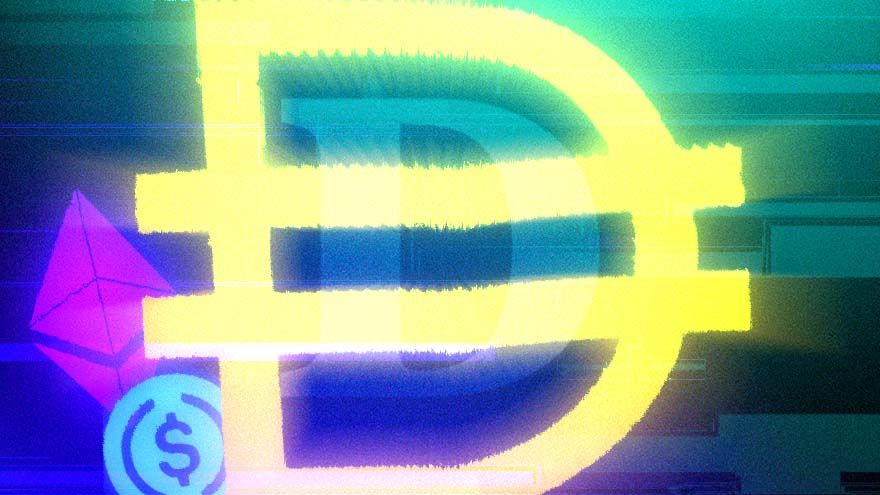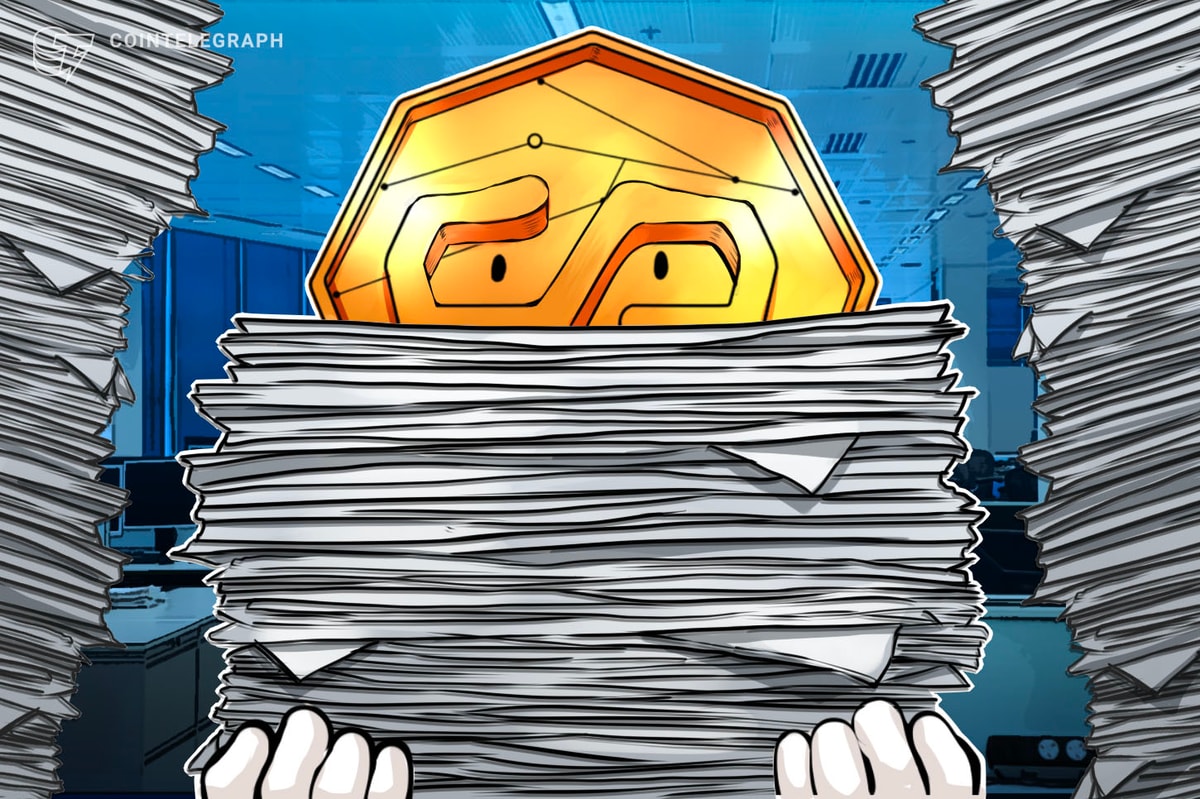MakerDAO’s DAI, the top decentralized stablecoin, has drawn down its USDC collateral to 9.4% after starting the year at 51%.
Circle’s USDC is now the seventh-largest collateral asset backing DAI. Real-world assets are now DAI’s largest source of collateral, with 36% of its $8.4B in assets, of which 70% consist of short-term U.S. Treasury bonds. Ether is second with 11.4%, and Lido’s liquid staking token stETH also accounts for 9.8% of DAI’s backing.
Last week, MakerDAO purchased an additional $700M worth of bonds, upping its Treasury holdings to $1.2B.
“These diversification efforts help Maker to maintain and secure a robust peg for DAI,” MakerDAO told The Defiant.
Despite Maker’s efforts to reduce its USDC exposure, centralized stablecoins still account for more than 30% of DAI’s backing, with USDP and GUSD each making up 10.6% and LP tokens for DAI/USDC on Uniswap representing 2.2%.

However, MakerDAO passed a proposal on June 19 to reduce the debt ceiling for USDP to 0, which will reduce exposure over time.
DAI is the third-largest stablecoin with a circulating supply of $4.7B.
‘Wrapped USDC’
USDC quickly emerged as a major source of DAI’s backing after MakerDAO added support for the stablecoin in March 2020 after a sharp drop in the price of ETH resulted in DAI becoming undercollateralized. Detractors began likening DAI to “Wrapped USDC” and questioning the decentralization of a token heavily backed by centralized assets.
Concerns surrounding DAI’s exposure to the centralized stablecoin were realized in March when DAI depegged alongside USDC and briefly traded below $0.90. The depeg was triggered by fears the failures of Silvergate Bank and Silicon Valley Bank could threaten Circle’s ability to access USDC’s reserves. USDC represented 40% of MakerDAO’s collateral at the time.
MakerDAO responded to the incident by implementing emergency measures to reduce its exposure to USDC, in addition to allowing USDC’s debt ceiling to drop to 0 in the future. “The proposed changes are intended to limit Maker’s exposure to potentially impaired stablecoins and other risky collaterals,” the proposal said.
Read More: thedefiant.io









 Bitcoin
Bitcoin  Ethereum
Ethereum  XRP
XRP  Tether
Tether  Solana
Solana  USDC
USDC  Dogecoin
Dogecoin  Cardano
Cardano  TRON
TRON  Lido Staked Ether
Lido Staked Ether  Sui
Sui  Wrapped Bitcoin
Wrapped Bitcoin  Chainlink
Chainlink  Wrapped stETH
Wrapped stETH  Avalanche
Avalanche  Stellar
Stellar  Shiba Inu
Shiba Inu  Hedera
Hedera  Pi Network
Pi Network  Hyperliquid
Hyperliquid  Toncoin
Toncoin  Bitcoin Cash
Bitcoin Cash  LEO Token
LEO Token  Polkadot
Polkadot  Litecoin
Litecoin  WETH
WETH  USDS
USDS  Monero
Monero  Wrapped eETH
Wrapped eETH  Pepe
Pepe  Bitget Token
Bitget Token  Binance Bridged USDT (BNB Smart Chain)
Binance Bridged USDT (BNB Smart Chain)  Ethena USDe
Ethena USDe  Coinbase Wrapped BTC
Coinbase Wrapped BTC  WhiteBIT Coin
WhiteBIT Coin  Uniswap
Uniswap  Bittensor
Bittensor  NEAR Protocol
NEAR Protocol  Aptos
Aptos  Dai
Dai  Aave
Aave  Ondo
Ondo  OKB
OKB  Internet Computer
Internet Computer  Ethereum Classic
Ethereum Classic  Cronos
Cronos  Tokenize Xchange
Tokenize Xchange  BlackRock USD Institutional Digital Liquidity Fund
BlackRock USD Institutional Digital Liquidity Fund